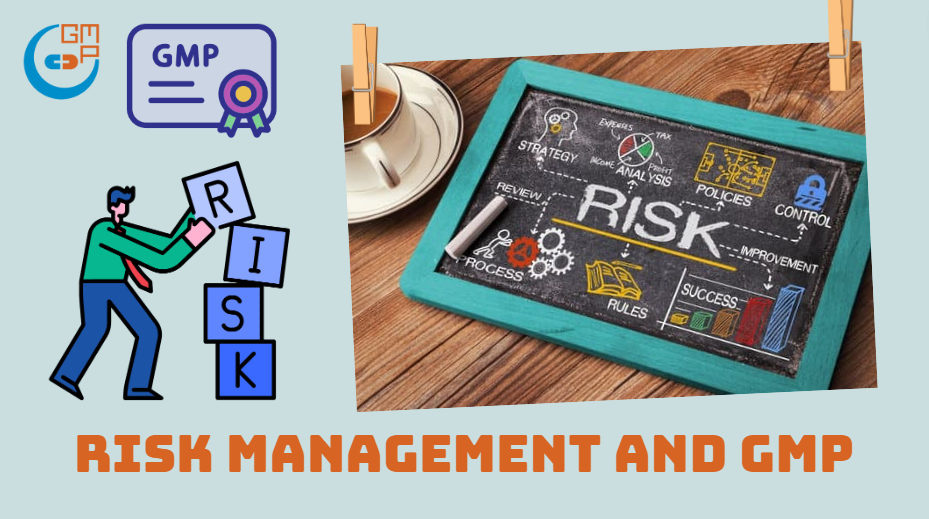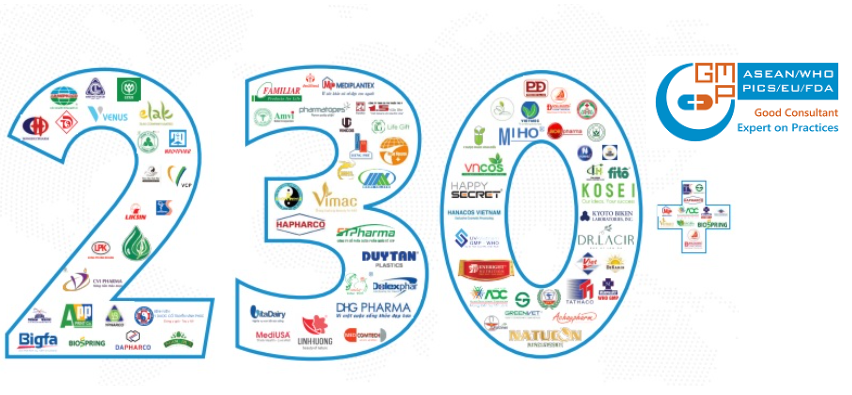The European Union (EU) Good Manufacturing Practice (GMP) for Medicinal Products for Human and Veterinary Use – Annex 1, commonly referred to as GMP Annex 1, released a new update in 2022. The updates to Annex 1 revolve around an infrastructural approach to Quality Risk Management (QRM) through a detailed and extensive Contamination Control Strategy (CCS).

The ultimate goal of Annex 1 is to provide a safe, sterile product, protecting end users, through contamination risk mitigation.
Conduct regular engaging training
We all know that humans can be forgetful, but you might not even know just how forgetful we can be. Ebbinghaus’s forgetting curve tells us, on average, humans forget about 90% of what they learned within a week of learning it. Interactive and engaging styles of teaching can improve retention, as well as repetition, but our brains are still prone to releasing information. Thus, conducting regular and engaging training on important contamination control strategies, such as gowning and cleaning, is imperative.
GMP Annex 1 Part 7 does stipulate the importance of frequent training but does not specify a time period in which training should be conducted.
Improve your gowning protocols
On that same line of thought, take a look at your gowning protocols – and perhaps question how well they are being followed. Humans are the primary source of contamination in a cleanroom and even a square centimeter of exposed skin can quickly spread millions of particles.
Invest in knowledge
The Annex 1 update places a special emphasis on human knowledge and its impact on processes and strategies. This is especially important (and emphases in GMP Annex 1 Part 3) when it comes to noting that something has gone wrong. A good way to stay in compliance, as well as minimise contamination and mitigate risk, is to regularly invest in your team’s knowledge and continuing education. Everyone should be experts – or on their way to being experts.
Know how your cleanroom is designed
GMPS Annex 1 Part 4 specifically addresses cleanroom design, including the use of Restricted Access Barrier Systems (RABS), airlocks, filters, and change rooms. You’ll also find information on materials used to make cleanrooms, ceiling shape, and more.
The introduction of rules around RABS and other useful cleanroom technologies, like isolators, into GMP Annex 1 shows a shift towards assistance with the CCS.
Part 4 also addresses the 4 grades of clean zones: Grades A, B, C, and D. Grade A is considered the cleanest portion of the room, being used for highly sensitive processes, such as aseptic filling. Grade B zones are used as background rooms for Grade A zones: essentially, further separation Grade C and D. Grade C and D zones are used for less critical stages of the manufacturing processes.
Automate wherever possible
As we mentioned earlier, humans are the primary source of contamination in a cleanroom. It can be downright dangerous to let us in there! Thus, a recurring theme in the GMP Annex 1 2022 update is to remove humans the cleanroom wherever possible and invoke automation.
Not only does this decrease the number of personnel you might need as well as your contamination risk, it also can mitigate human errors. If you are using machines that monitor and record information, you are less likely to have errors in your data.
Develop a proper CCS
Another major emphasis of GMP Annex 1 is an infrastructural approach to a CCS. In other words, the CCS should be a comprehensive strategy that the cleanroom revolves around versus an afterthought. Developing a CCS should involve a thorough evaluation of your current cleanroom’s design, processes, protocols, standards, corrective actions, and other current risk mitigation measures.
The best strategy to minimise contamination is to plan for it. What are possible routes contamination could come into your cleanroom? What contamination would put your product at risk? When you identify these risks, you can also identify solutions for them. Every cleanroom and its application face unique threats, so sit down with your team of experts and brainstorm exactly what they are. Incorporate your answers into a comprehensive CCS: an overarching one that encompasses your whole facility and then area specific ones, too, to address smaller areas that might face unique risks.
Track human (and product or equipment or air) movement
Particles move with outside forces, such as air, humans, equipment, etc. They have to catch a ride. It’s common practice to have an air filtration and distribution strategy, but are you also monitoring human and equipment movement? Consider the flow of traffic – and if you’ve noted a corresponding contamination incident.
Use a qualified particle er
Yes, for a particle er to warn you of a problem, there has to already be contamination. But to minimise your contamination and mitigate risk, you should be using a compliant, qualified, regularly calibrated particle er that offers continuous monitoring. This will allow you to catch contamination quickly and put a stop to it.

GMPc Vietnam is recognized throughout Vietnam as the leader in providing turnkey consulting solutions for GMP-certified facility projects, including Pharmaceuticals, Cosmetics, Health supplements and Veterinary pharmaceutical. Though 12 years of development 2011 to 2023, GMPc has implemented more than 230 GMP-certified facility projects, equaling to more than 80% of market share of the field in Vietnam. Not only do domestic customers, foreign investors also choose GMPc as their consultant when investing new factories in Vietnam, such as Kyoto Biken Vaccine Factory, Nippon Chemiphar Pharmaceutical Factory, Shimizu Contractor, Kajima Contractor, etc.
Consulting services for EU GMP
Consulting services by GMPc Vietnam
GMP project consulted by GMPc Vietnam


